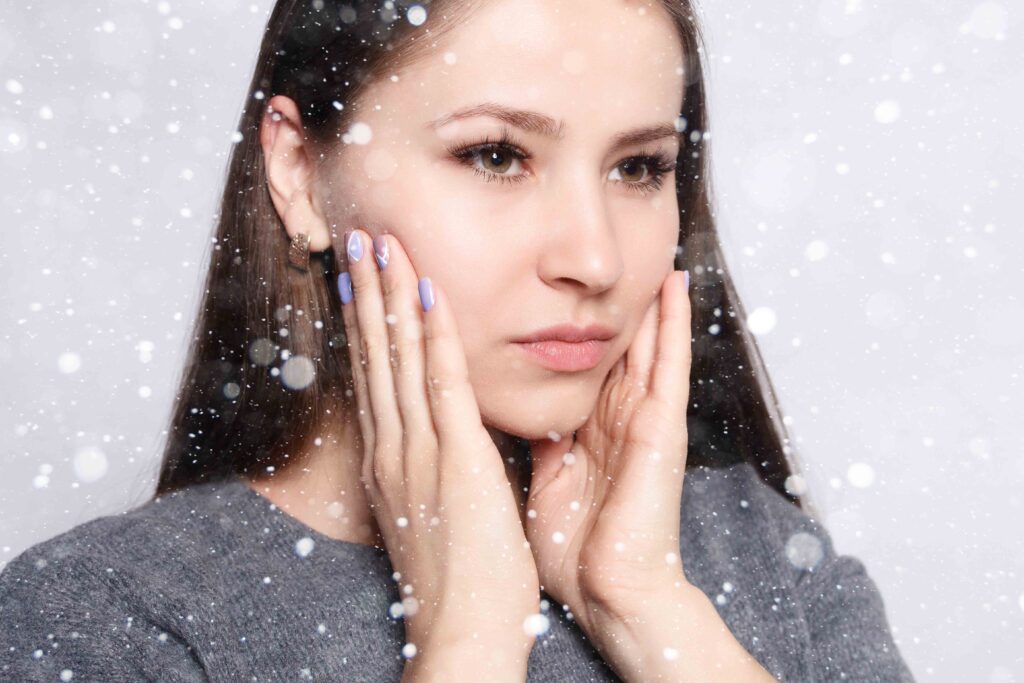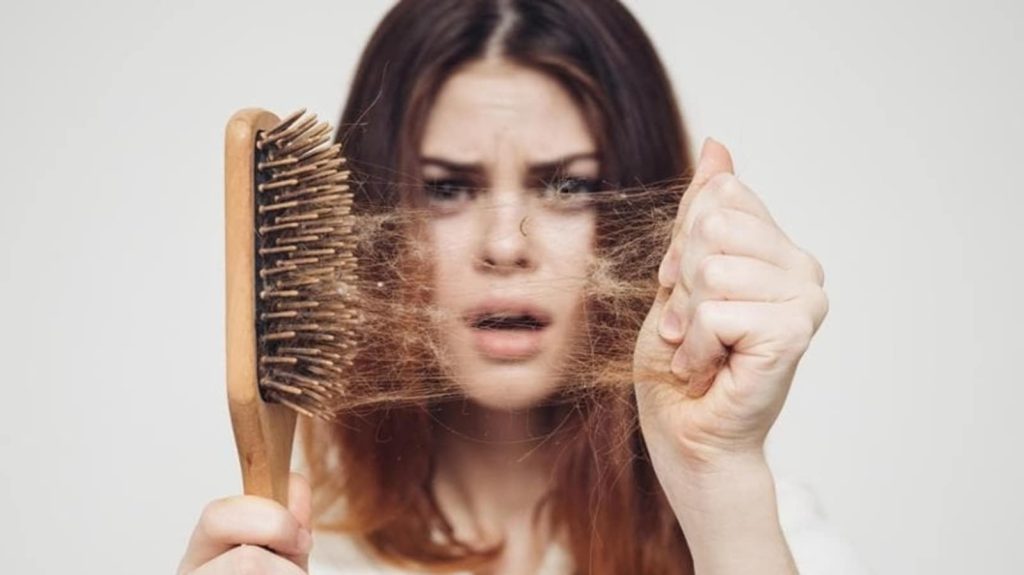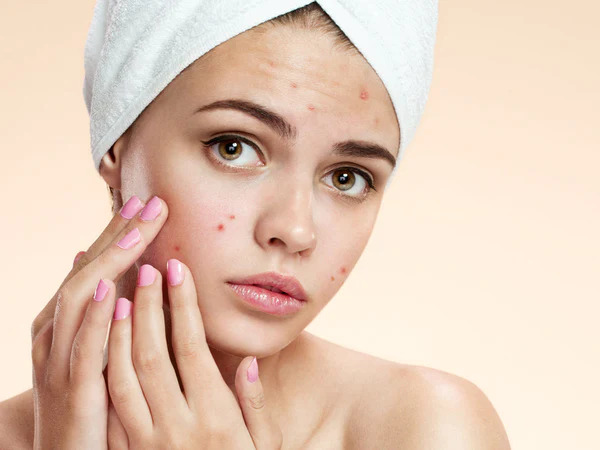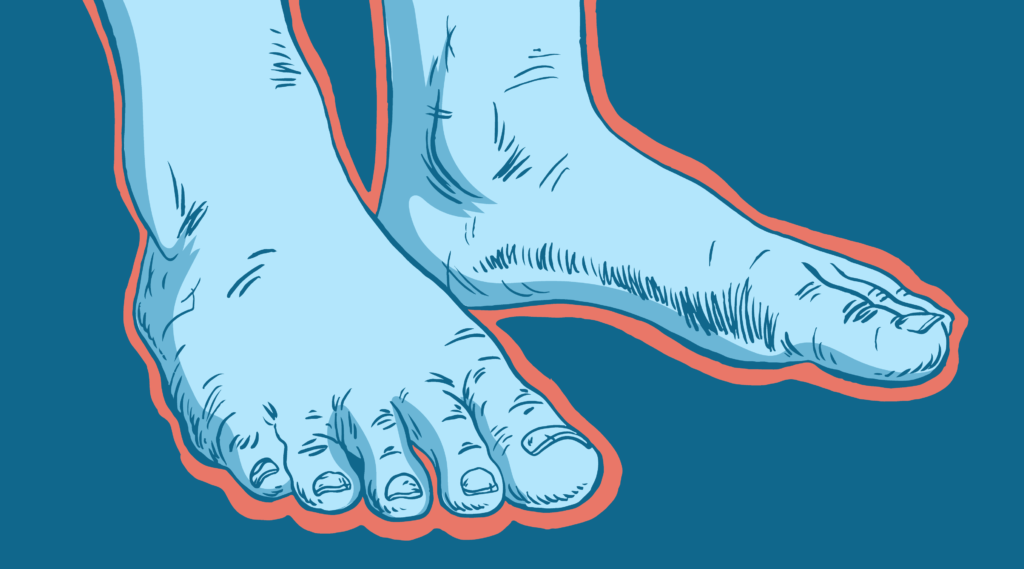acne from wearing a mask
Maskne — the most common kind of which is Acne Mechanica, a.k.a. the type of acne that is common in athletes and soldiers and often results from wearing sports gear such as helmet or baseball cap — is might be new to many of us, it did not originate out of nowhere. It has always been an issue in professions where you have to wear a mask regularly but now that the general public has to wear masks, the incidence of it has certainly increased.
When you breathe or talk, your mask tends to trap in a lot of hot air. Besides irritating the skin, this air creates a warm, humid environment — and an ideal setting for yeast, bacteria, and other flora to grow, and thus creating the perfect breeding ground for breakouts.

HOW TO AVOID MASKNE?
1. Type of mask.
Only you can decide how you want to balance the weight of the mask material with the level of protection it will give you, but 100 percent cotton is a good compromise because it allows skin to breathe a bit. As the temperature rises and you sweat more, you will need to keep the mask clean so wash your mask frequently, you don’t want all of that oil and sweat and dirt to sit there and then you reapply it to your face constantly.
2. Simplify your skin care routine.
Many of us use too many beauty products anyway, so consider mask wearing a good excuse to adopt the most basic skin care routine: a gentle non-soap cleanser and a mild, fragrance-free moisturizer. The moisturizer does double duty here. Besides, well, moisturizing the skin, it can protect it from mask friction.
Another reason for using fewer products: The mask will intensify product delivery to your skin especially with acids or retinols, which can be irritating, intensifying delivery is not likely to be a good thing.
3. Break up with makeup (at least temporarily).
If you put on makeup for a video call, consider taking it off when you go out and for those who absolutely cannot break the habit, you can use a tinted moisturizer with sunscreen.
If you sweat underneath your mask, try using micellar water or a gentle cleanser to do a quick wash when you take it off. Over washing your face dries it out, tricking it into thinking it needs to produce more oil, which can give you more of the acne you’re trying to avoid. Either apply moisturizer or, if it is late enough in the day, whatever products you would use at night.

HOW TO TREAT IT?
Use a gentle cleanser and facial moisturizer – suitable for your skin type. Moisturize as needed throughout the day.
Spot treatment – At night, after you are done with your face mask for the day, use a benzoyl peroxide spot treatment of 2.5% to 5% concentration (not 10 percent) directly on pimples. Clean any excess benzoyl peroxide from your skin in the morning before putting on your mask.
Retinols – If you do use a retinol treatment for breakouts, apply these products only at nighttime when you won’t be wearing the mask anymore, and be sure to completely clean them from the skin and apply a moisturizer before putting on your mask in the morning. If you use spot treatment, apply retinol one night and the spot treatment the next.
Combat hyperpigmentation – Maskne can cause hyperpigmentation (skin darkening), so using glycolic acid-containing products can help to combat the pimples and skin darkening. To ensure proper use, consult with a dermatologist, especially if you plan to use these products frequently or for more than a few weeks.
Sunscreen – Applying sunscreen also helps to prevent unnecessary damage and irritation from the sun, and it can also help to reduce the risk for hyperpigmentation.
Hydrocortisone cream – While cortisone shots are used to shrink large pimples, hydrocortisone cream needs to be used intentionally and only under the advice of a dermatologist. Used improperly, hydrocortisone can actually exacerbate maskne breakouts.








